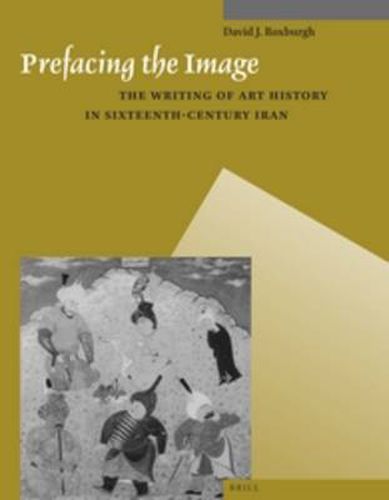Readings Newsletter
Become a Readings Member to make your shopping experience even easier.
Sign in or sign up for free!
You’re not far away from qualifying for FREE standard shipping within Australia
You’ve qualified for FREE standard shipping within Australia
The cart is loading…






This book studies developments in art historical writing and factors which shaped the album preface. The prefaces were written in Persian between ca. 1491 and 1609 to introduce albums of calligraphy, painting, and drawing assembled for Safavid rulers and courtiers.
Approaches to the study of these sources are examined, followed by an analysis of the sociohistorical court-centered context; the circumstances of the texts’ composition, reception, and literary dimensions; and their art historical formation and content. It ends with an interpretation of calligrapher Dust Muhammad’s preface and his conceptualization of a history and aesthetics of depiction. The book is the first to study the prefaces collectively and in relationship to other cultural practices. It also draws on a wide variety of additional primary sources. It includes forty illustrations and several tables.
$9.00 standard shipping within Australia
FREE standard shipping within Australia for orders over $100.00
Express & International shipping calculated at checkout
This book studies developments in art historical writing and factors which shaped the album preface. The prefaces were written in Persian between ca. 1491 and 1609 to introduce albums of calligraphy, painting, and drawing assembled for Safavid rulers and courtiers.
Approaches to the study of these sources are examined, followed by an analysis of the sociohistorical court-centered context; the circumstances of the texts’ composition, reception, and literary dimensions; and their art historical formation and content. It ends with an interpretation of calligrapher Dust Muhammad’s preface and his conceptualization of a history and aesthetics of depiction. The book is the first to study the prefaces collectively and in relationship to other cultural practices. It also draws on a wide variety of additional primary sources. It includes forty illustrations and several tables.